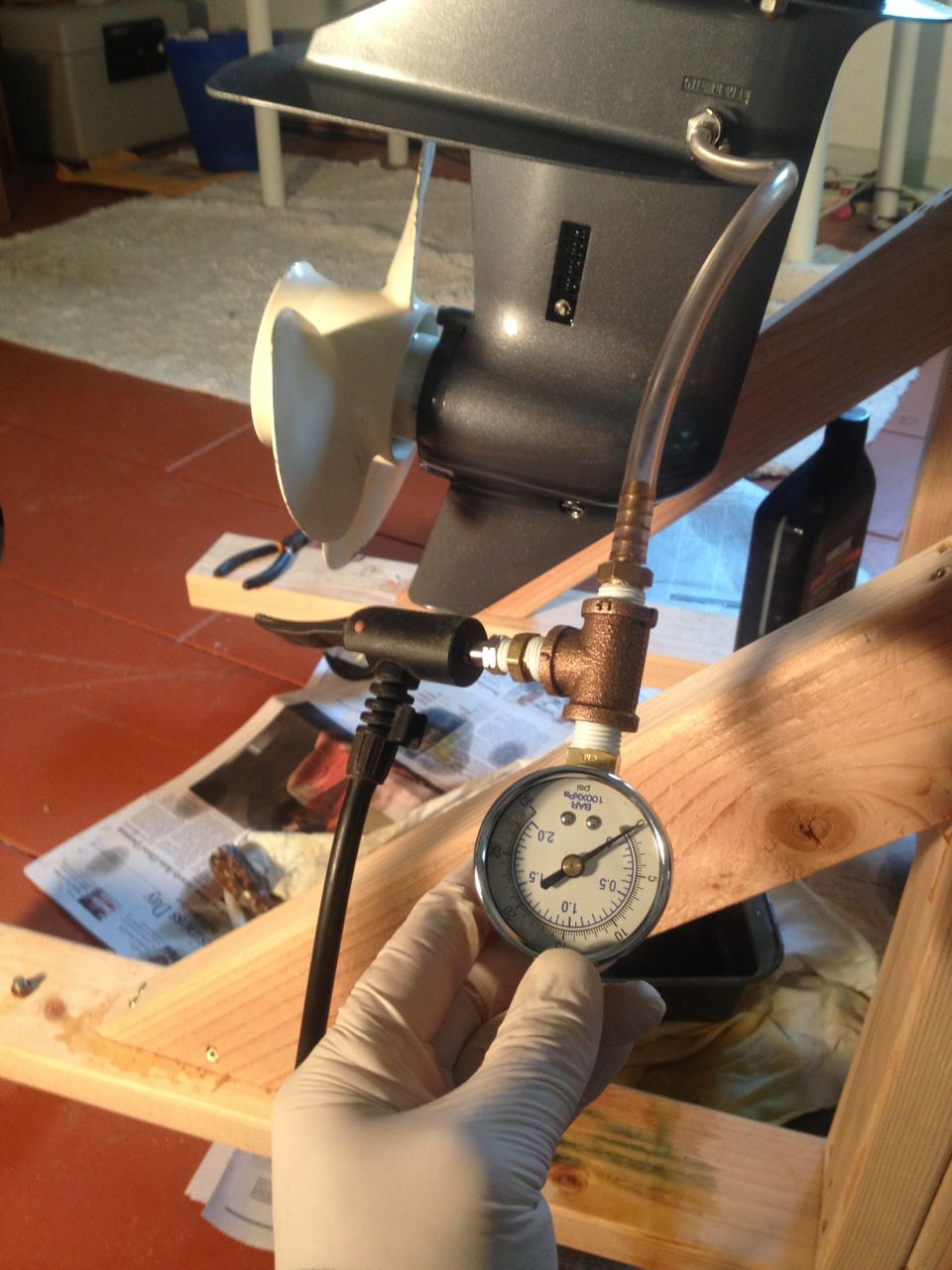John Almberg
New member
Hi, I'm a newbie outboard owner servicing my Yamaha T9.9 high thrust/long shaft.
I have the Yamaha service manual and was moving smoothly through all the procedures, until I got to the section about changing the gear oil in the lower unit.
I removed the drain and check screws and drained all the gear oil, then misread the manual. Instead of leaving both screws out while refilling the oil, I put the drain screw back in, then attached the pump to the check screw hole, and started pumping in gear oil, using the pump sold to me by my Yamaha dealer.
It was hard to how much oil to put in, but I figured if I put in a bit too much, it would drain out of the check screw hole when I removed the pump.
To my surprise, gear oil started coming out of the water intake vents. I stopped pumping, let the overflow drain out, and then put the check screw back in.
My question:
It doesn't make sense to me that the gear oil reservoir and the water intake vents are connected, so as to allow gear oil to overflow out of the vents. How could this happen?
I don't think the little pump I used could have created enough pressure to blow a seal, but that's what I'm worried about.
Any help, much appreciated.
I have the Yamaha service manual and was moving smoothly through all the procedures, until I got to the section about changing the gear oil in the lower unit.
I removed the drain and check screws and drained all the gear oil, then misread the manual. Instead of leaving both screws out while refilling the oil, I put the drain screw back in, then attached the pump to the check screw hole, and started pumping in gear oil, using the pump sold to me by my Yamaha dealer.
It was hard to how much oil to put in, but I figured if I put in a bit too much, it would drain out of the check screw hole when I removed the pump.
To my surprise, gear oil started coming out of the water intake vents. I stopped pumping, let the overflow drain out, and then put the check screw back in.
My question:
It doesn't make sense to me that the gear oil reservoir and the water intake vents are connected, so as to allow gear oil to overflow out of the vents. How could this happen?
I don't think the little pump I used could have created enough pressure to blow a seal, but that's what I'm worried about.
Any help, much appreciated.


